With the ongoing war between Russia and Ukraine, increased inflation, and the worldwide pandemic that indicates we’re slowly heading towards the next recession, luxury fashion is not on many people’s minds.
Or is it?
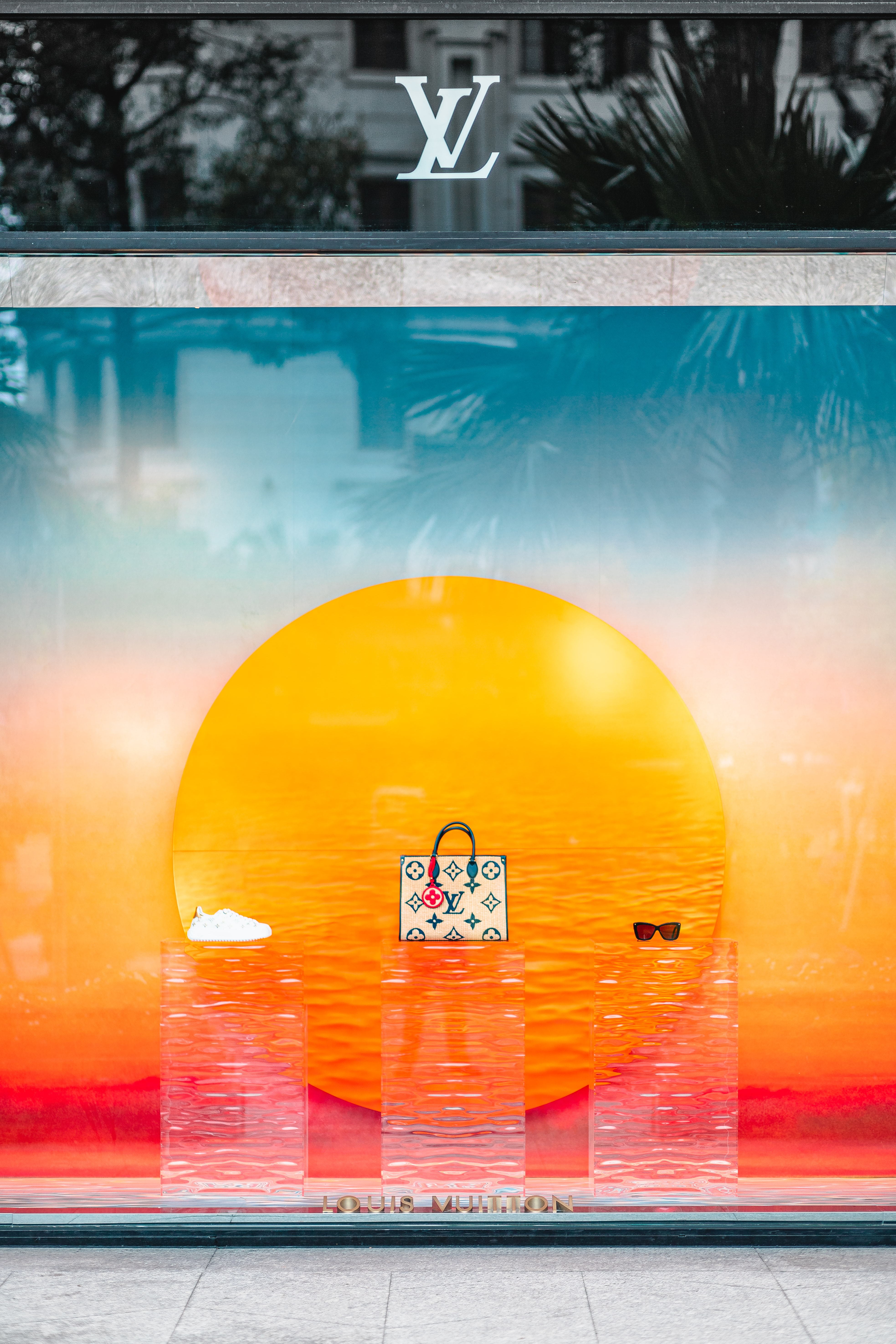
Regardless of that, high-end luxury goods are still on both physical and virtual shelves — with the luxury fashion industry valued at a mind-boggling US$81.18bn in 2022.
Luxurious apparel is both a lifestyle for those that seek stable investments and the livelihood of many people who are working in this industry.
What happens to the high-end fashion market in an economy where even purchasing the essentials seems like a luxury for many?
Are people even buying?
Well, it seems quite a few of us are. In fact, fashion house Chanel, is set to open dedicated boutiques for their top-tier clients, as sales soar 50%.
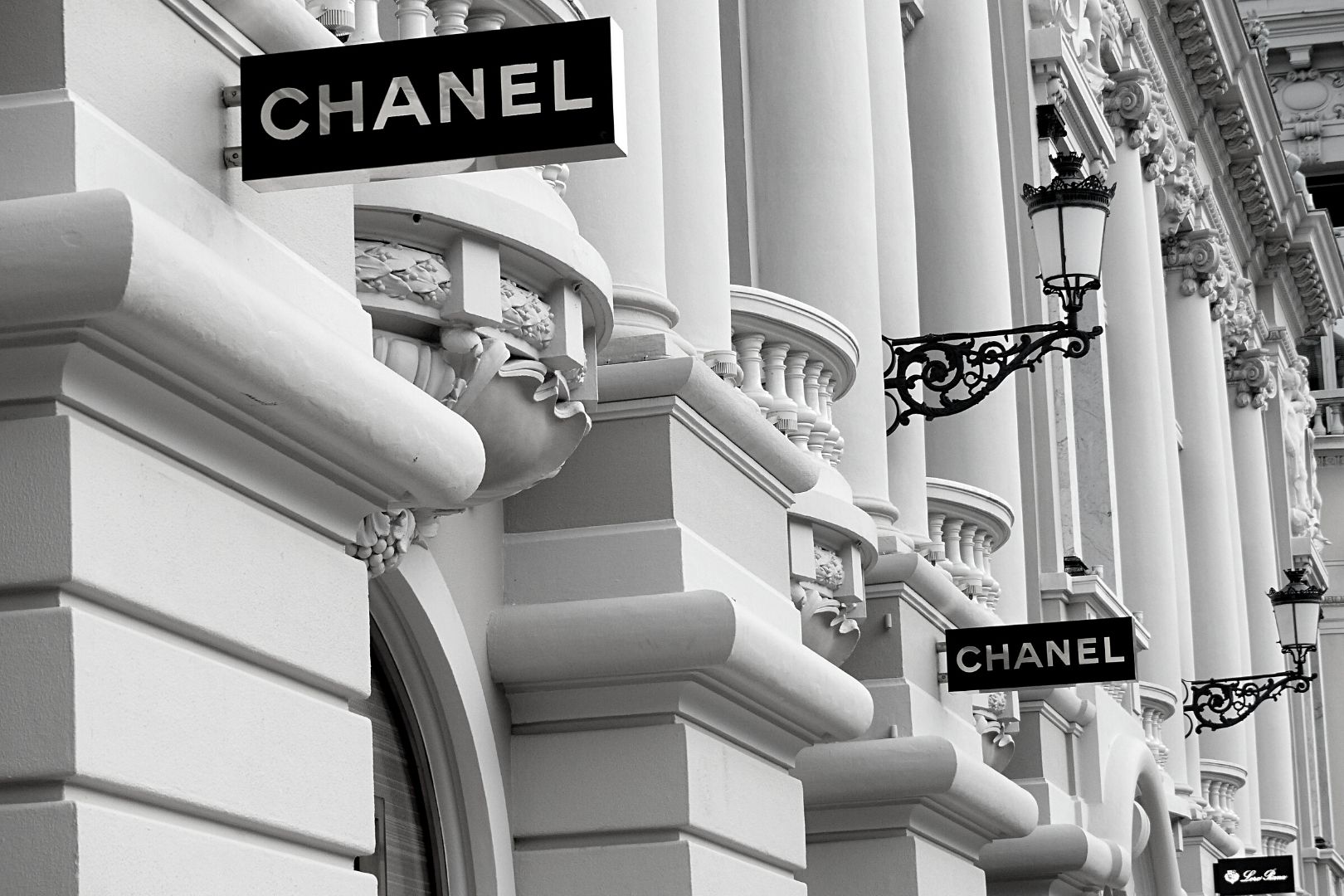
It might seem counterintuitive, but luxury fashion brands have kept a great track record when it comes to surviving global crises. In the past, the luxury fashion market has proven over and over again that they are resilient to a global decline in economic activity.
But how is this even possible?
What can we learn from the previous economic crisis? How did luxury brands survive the crisis in the past and why do people purchase luxury items during a recession?
The Highs and Lows of Prior Recessions
To get an idea of how the luxury market might be impacted by the looming global recession, we have to rewind to the previous worldwide economic crisis. How brands handled the crisis before is a powerful indicator of whether they can soldier through the next one.
So far, we’ve experienced four global recessions that occurred in 1975, 1982, 1991, and 2009. All of them happened under different circumstances — the collapse of the housing market, war, and now possibly the pandemic.
How did luxury brands survive these crises?
When we talk about luxury fashion, we’re mostly referring to the heritage brands such as Chanel, Hermès, Louis Vuitton, Dior and Gucci.
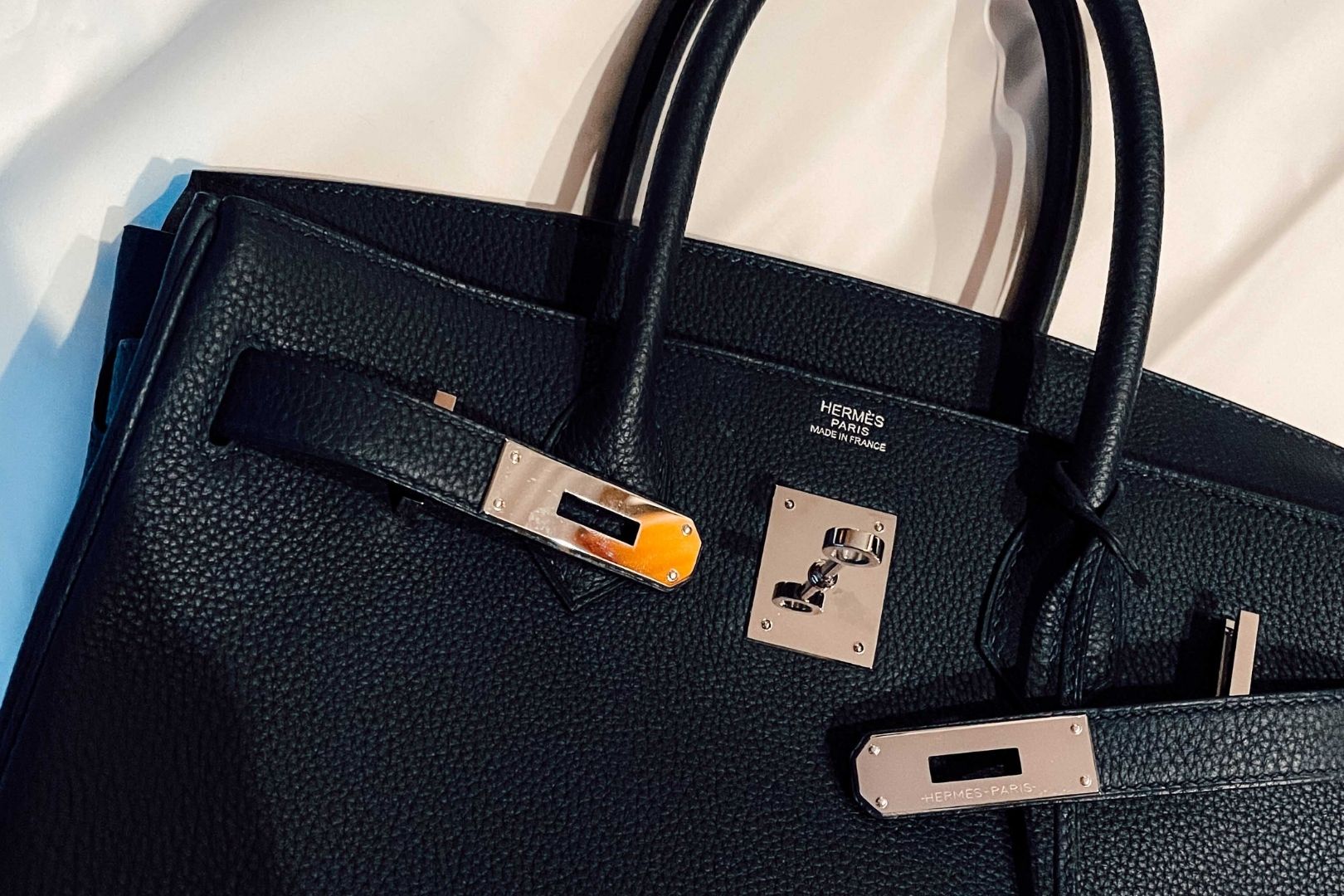
Chanel was founded in 1910, Hermès in 1837, Louis Vuitton in 1854, Dior in 1946 and Gucci survived the family-owned business model founded in 1921.
Information about the increase or decrease of sales during the crisis is contradictory.
Renowned brands have reported massive increases in sales during previous crises — that for some translated to an increase in sales of 59%.
On the other hand, there is contradictory evidence that suggests that luxury fashion experienced a decrease in revenue similar to those of other retailers.
Turnover visibly increases when the crisis is coming to an end. When the economy begins to stabilize, people tend to buy more.
The recovery period following the crisis is important for luxury brands because it puts them back on track. The high-end brands can recognize this time by people queuing to purchase their latest luxurious creations.
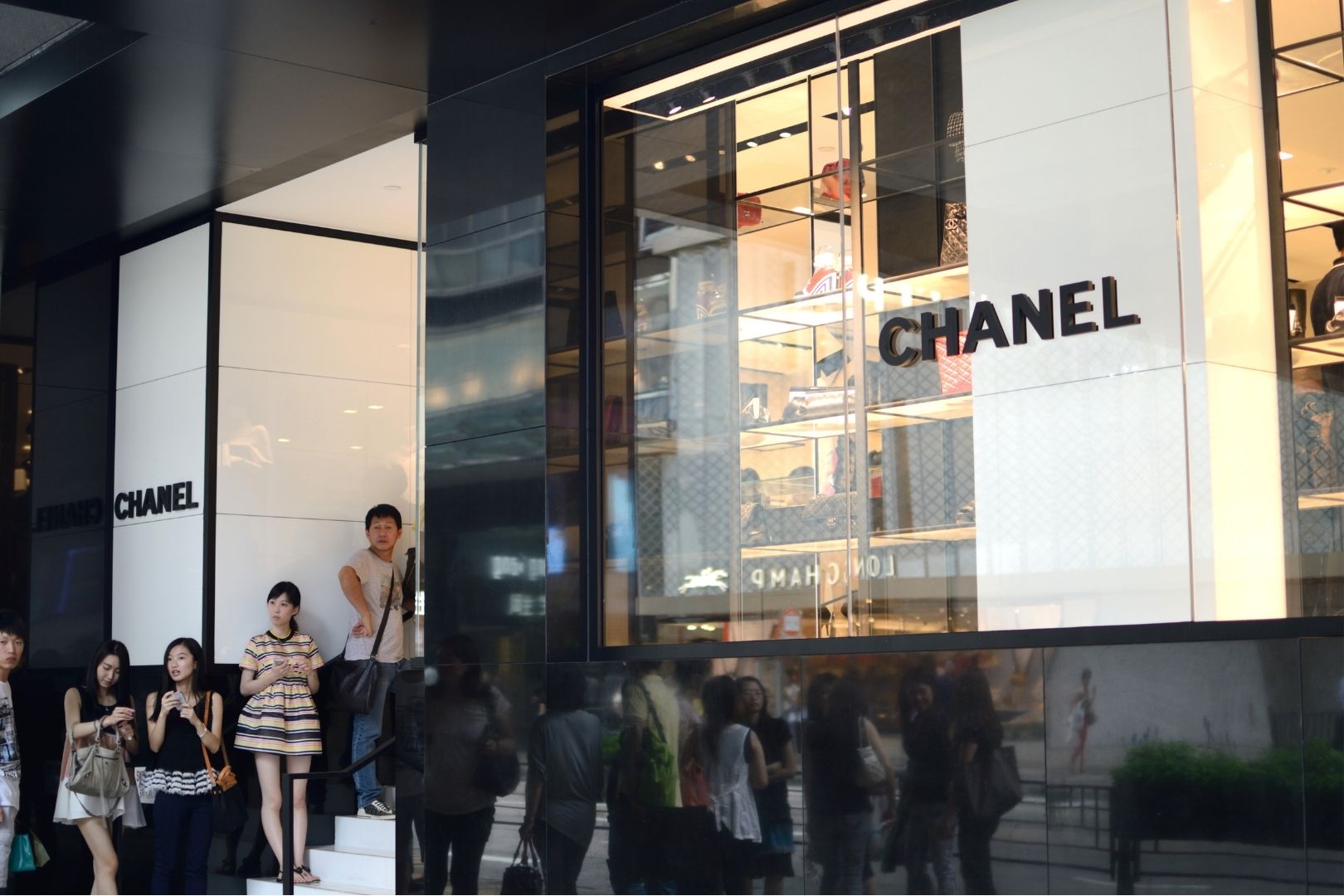
The effects of the crisis and recovery time are long, but we can pinpoint the major shift for the economy. Indicators can be the end of the war or the opening of the brick and mortar stores after a long pandemic lockdown.
These are the periods during which luxury brands can turn a profit and recover at a faster rate than other brands due to higher margins on their products.
Our Shopping Habits Are the Lifeline of the Luxury Fashion Industry
Although buying expensive non-essential items during a full-blown crisis seems illogical, the truth is that our purchases aren’t always the result of sensible decision-making — especially when we’re going through difficult periods in our lives.
The thing is, we might explain our purchases with logic, but the purchase is still triggered by our emotions and our desires to either take our pain away or to make ourselves feel good.
For luxury fashion, this means that we might explain the hefty price tags as an investment in long-lasting and quality items. Or something that will grow in value and even get us some return on investment when we sell that vintage Chanel bag that went up in price or became a collector's item.
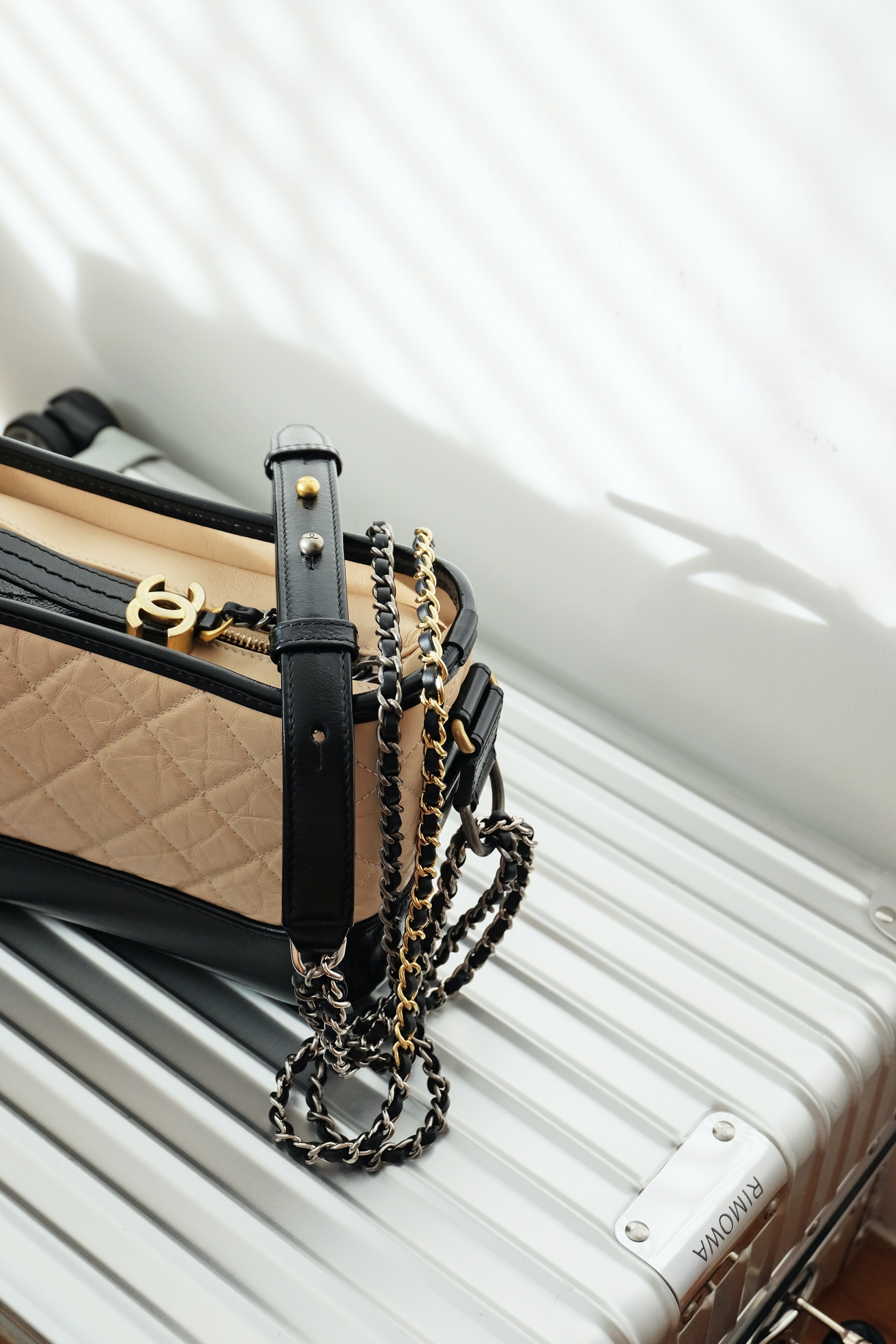
Some people purchase said items as a form of escapism, others as a statement, while some truly wish to invest in the endless hours of craftsmanship that goes into these handmade heritage pieces.
The recession doesn’t change the reasons we purchase. Marketers have even coined a term for that — the lipstick effect — according to which people still might purchase small luxuries even during a crisis.
Our shopping habits paired with the fact that we’re experiencing the collective trauma of the pandemic, it’s not difficult to persuade us to “treat ourselves”.
Million Dollar Marketing Paying Off
Advertising is also important for recovery from the recession. Luxury brands spend 8% of their gross revenues on advertising.
The main change in their marketing approach is that traditional advertising is shifting towards digital marketing and influencers. This follows the growing trend of online shopping that is replacing brick-and-mortar stores.
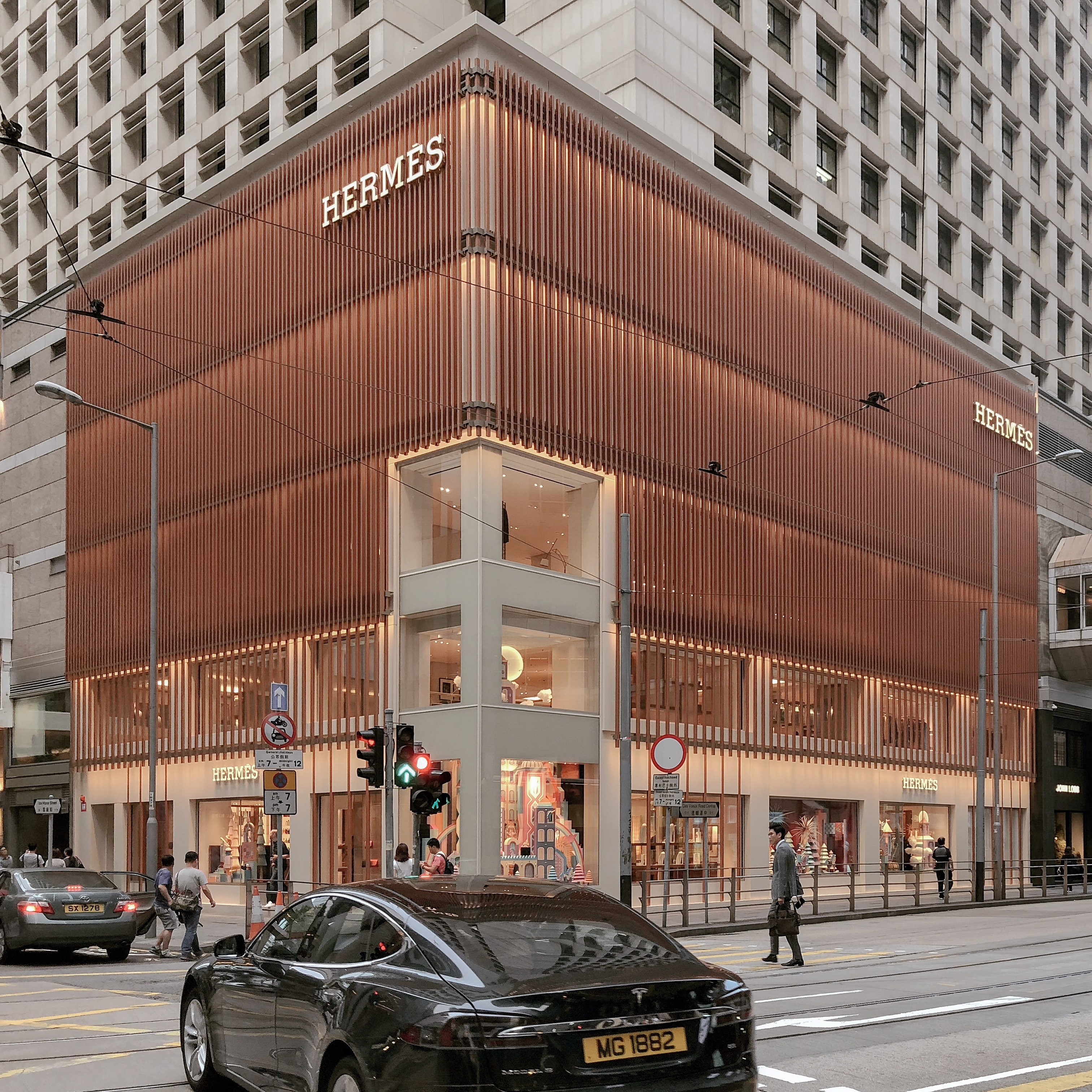
Who do luxurious brands speak to in their marketing campaigns?
Before, they focused on the elite 1% that can easily afford their garments. Lately, they have been tapping into the desires of the hard-working middle class as well.
People who might be waiting in queues to buy the next luxury fashion item are not the affluent amongst us.
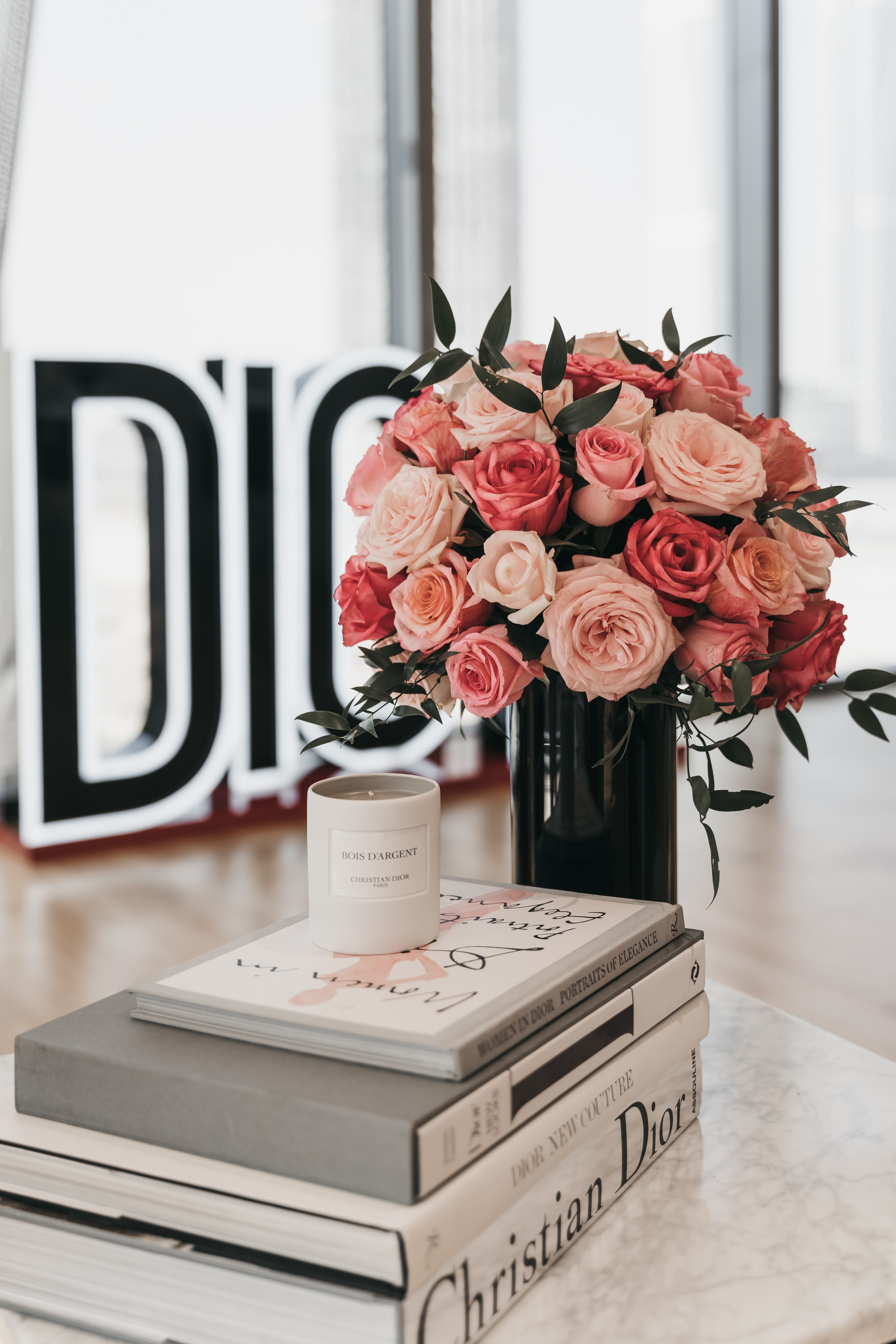
During a crisis, companies heavily rely on the income from their wealthy customers, and after the recession, they can recover as the wider part of the market purchases their garments.
If we take a look at the countries that are the main consumers of the luxury market, we can see that the target customers for luxury fashion aren’t homogenous.
Geographically, the target markets of luxury fashion items are global. They have worldwide stores but also understand that their customers are travelers who might purchase their iconic items on the Champs-Élysées avenue in Paris.
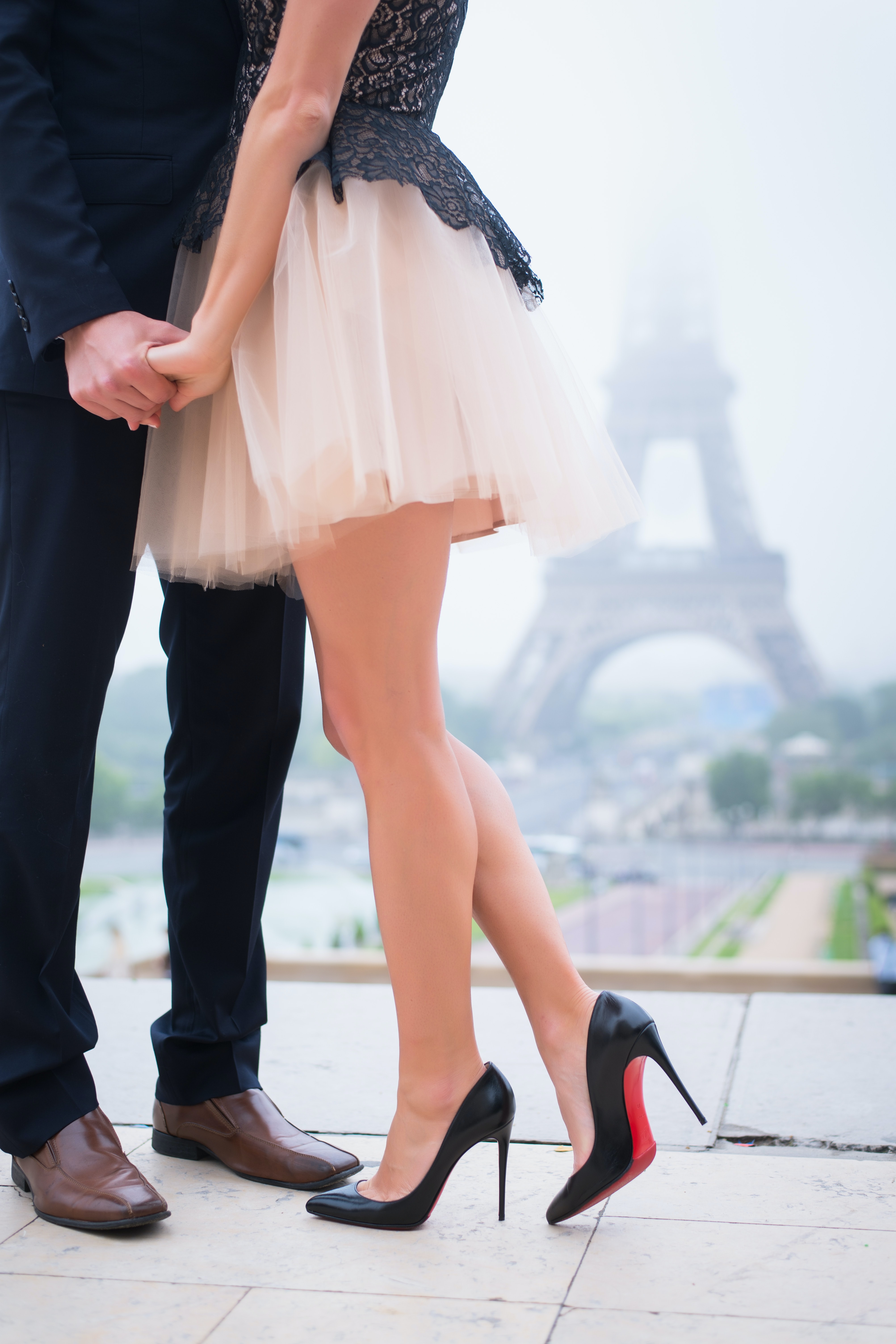
Even though heritage brands are mostly from Europe (predominantly from France) where they’ve created their distinct identities, their fashionable products speak to wider, global market.
China used to be the main consumer of luxury fashion. According to Statista, the US holds first place today and is bringing in the majority of global revenue.
By not limiting their products to the elite 1% of the population, luxury brands have diversified their income and facilitated recovery during periods of crisis.
Recessions Affect Middle and Lower Class the Most
Recession disproportionately affects different classes. In recent years, luxury brands have marketed their product to a global audience of varied incomes. However, not everyone will be forking out money for luxury goods during such trying times.
The target customers of high fashion aren’t the ones that are affected by the recession the most. Affluent customers can, and will, still go out and purchase high-end investments — or order them online.
With the soaring prices of all goods, including designer items, it’s getting more and more difficult for the less well-off to purchase said pieces.
The luxury market is different and high prices already secure better margins for higher calibre fashion brands. That is to say, the clientele has to purchase fewer luxury goods to support and keep the luxury market’s head above the water.
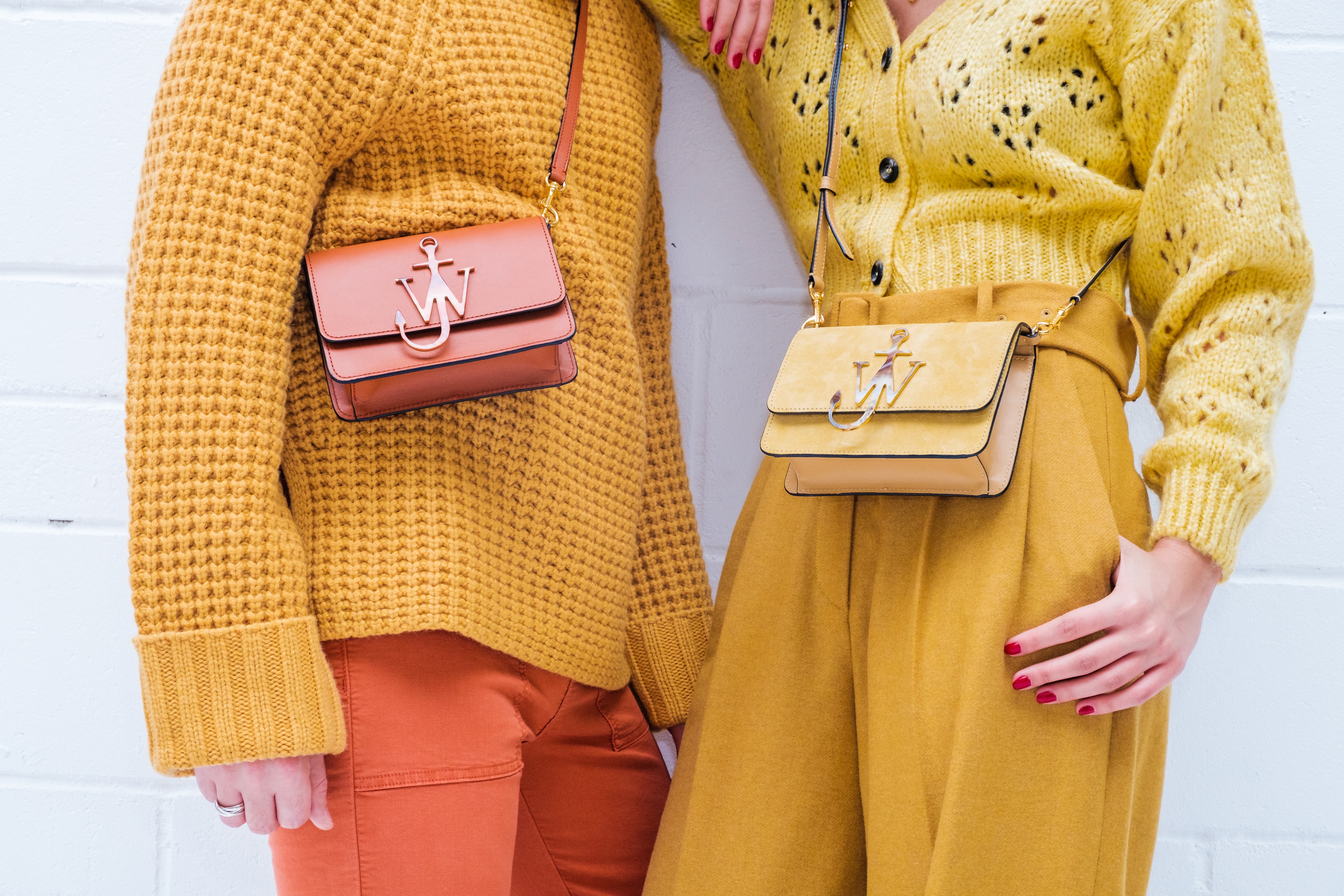
The companies that are more damaged by the recession are those that mass manufacture their products and have to sell them in substantial quantities.
Luxury brands rely on scarcity as a marketing technique, but also to ensure that they can keep up with quality control. According to the former CEO of Chanel, Maureen Chiquet:
“When you’re working in a luxury brand like Chanel, rarity and exclusivity are important, so sometimes I’m trying to sell, believe it or not, fewer handbags so we don’t banalize the product.”
High-End Fashion Items Are Stable Investments Amid Inflation
“It’s an investment” is the phrase you're likely to hear when discussing designer fashion goods. It has been quoted that luxury fashion is an even better investment than gold.
In an economy in which worldwide inflation has doubled since 2021, this is the music to our ears.
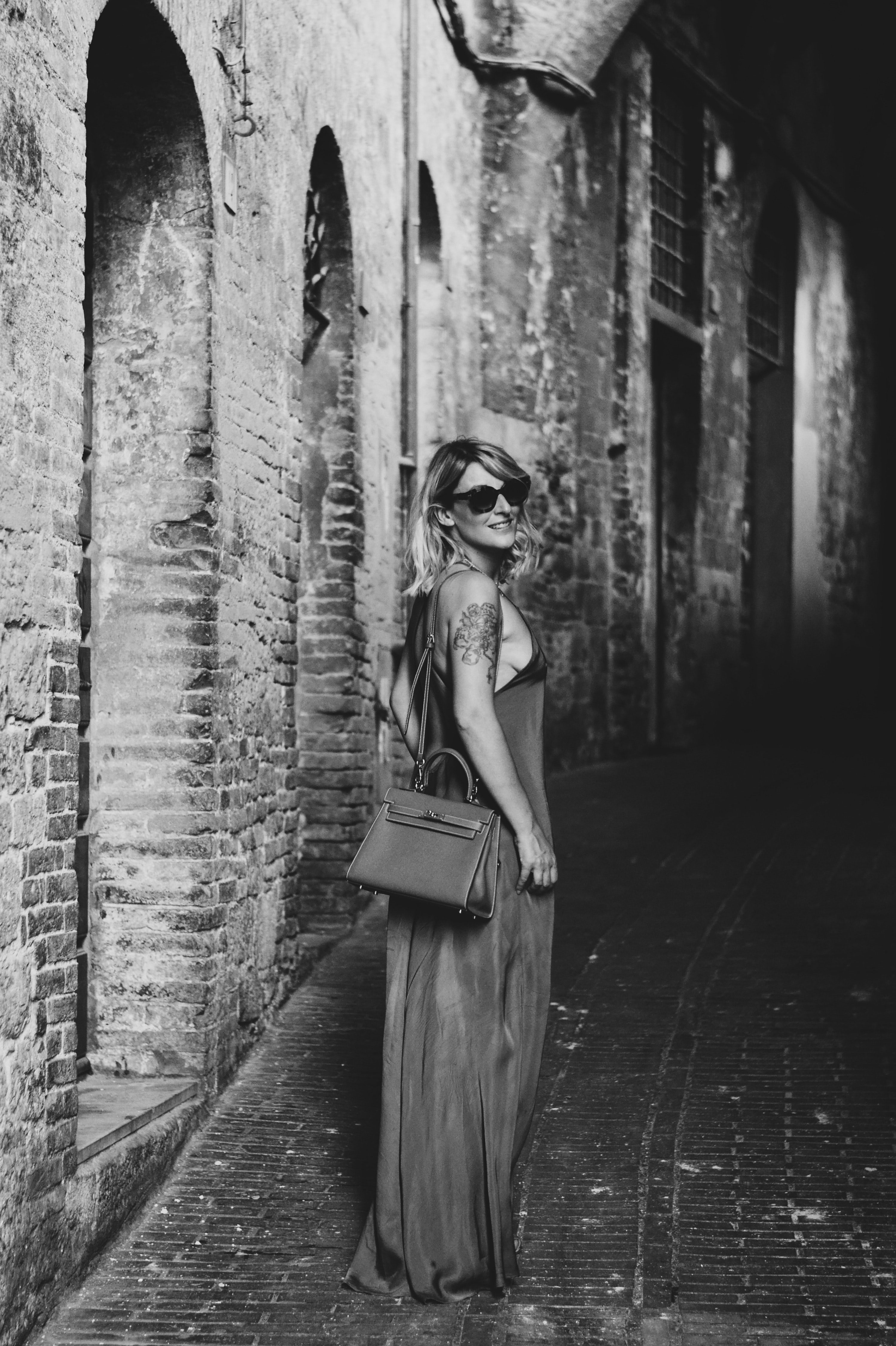
Money loses value during the recession, but the Hermès handbag does not. In fact, the coveted Birkin has only been going up in value. A similar logic applies to other, even less rare pieces, making luxury items seem like a stable investment.
Scarcity and branding increase the value of products made by luxury brands.
Another way that those that purchase luxury goods may get a return on their investment is by writing off luxury goods as taxes of your business or getting a VAT return after an overseas shopping spree.
Resilience Smells Like Chanel Number 5
What kinds of special fabrics do luxury fashion brands use to dodge the bullet of the recession?
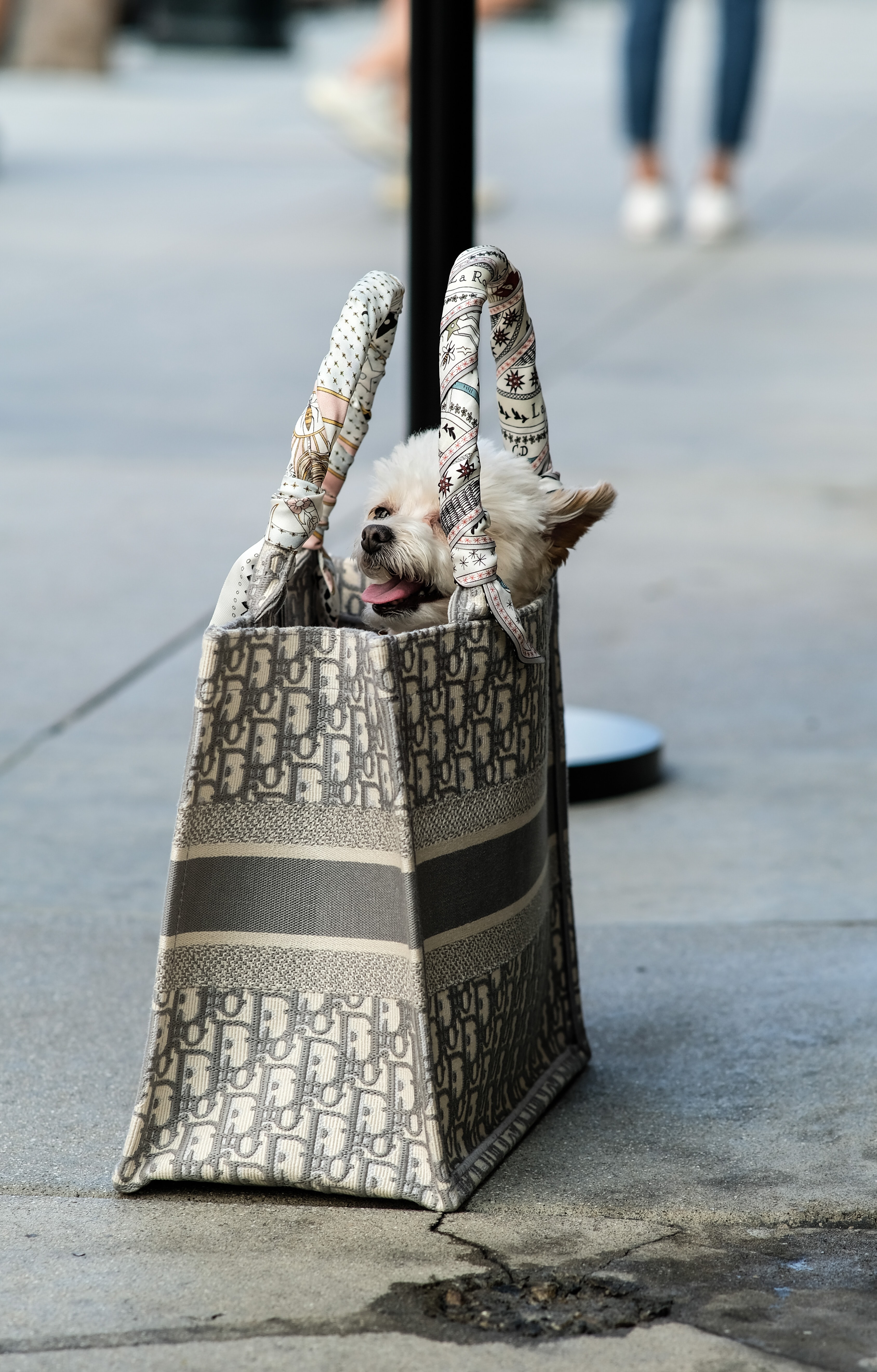
The luxury fashion industry might not have a bulletproof solution to keeping their economy afloat amid the recession, but they have mastered the art of staying resilient amidst the crisis.
Brands expect that their business is dynamic and cyclic. They have a plan that prepares them to combat the potential crises because they expect both natural ebbs and flows in turnover that occurs over a year.
What’s more, luxury fashion brands also expect a crisis. Even since the global crisis in 1975, worldwide recessions have been a normal recurrence every decade.
High fashion luxury brands aren’t completely immune to the drastic changes in the market. They did weather the crisis, but amidst it, their businesses haven’t continued operating as if nothing is happening.
Every brand had its own recovery strategy. During the previous crisis, budgets had to be cut, fewer products were made, and some collections had to be put to a halt. Household luxury brands stayed afloat over a different period of recession.
The adaptability of the brands to the rapidly changing market is also another factor that makes them resilient and helps them to recover from the crisis faster.
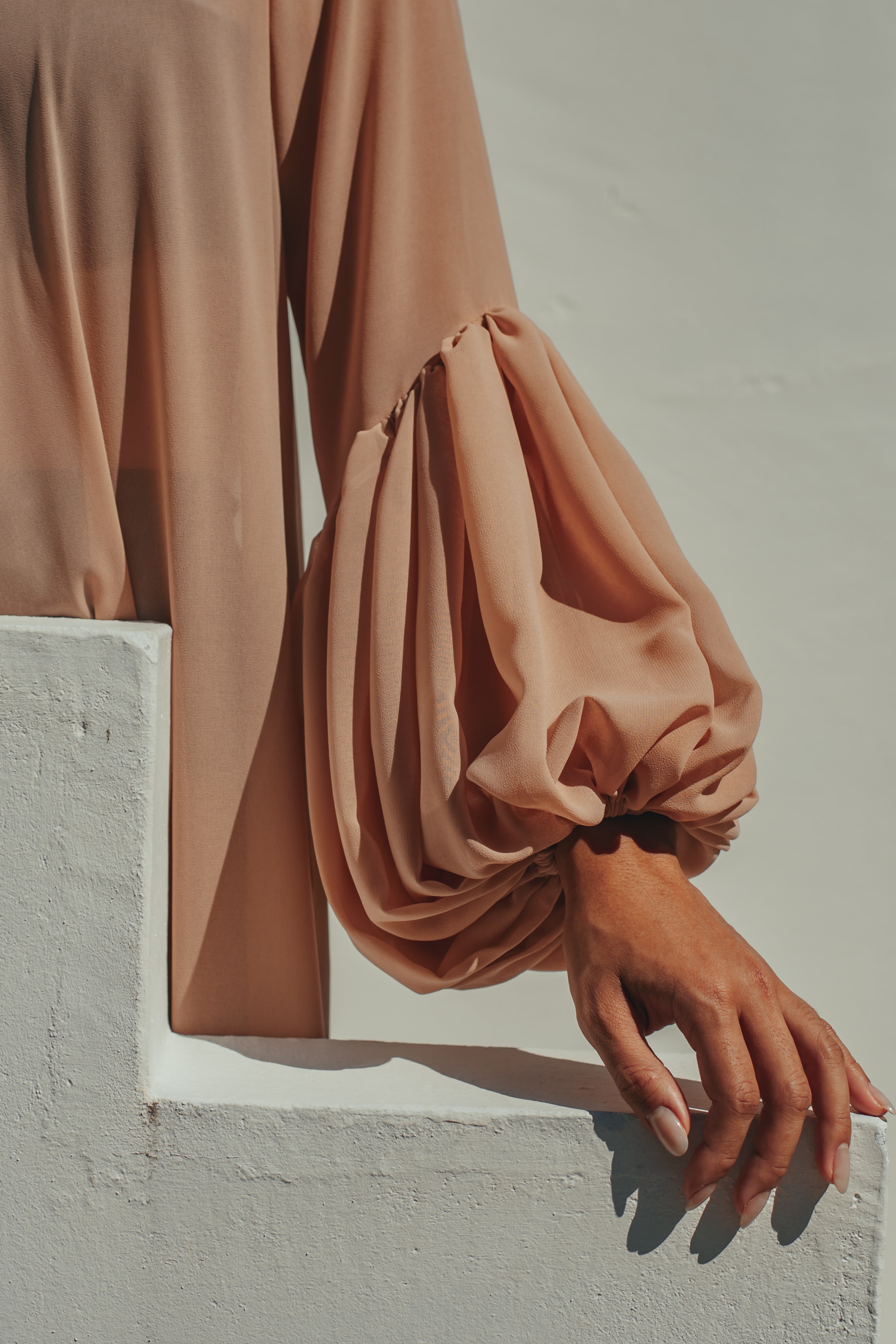
For example, Chanel stayed on top following several global crises because it started offering its products in branded stores all over the globe. The Chinese market counted 29% of the global spending on luxury in 2013/2014.
Alternatively, it doesn’t go unnoticed that Chanel, like other brands of its kind have price rises a couple of times a year. During the pandemic, this designer removed its prices from many online stores. It did not go unnoticed that some pieces went up by as much as 25% in one price hike.
Another pattern that is noticeable with the luxury brands is that they have diversified their income. For example, besides offering just clothing, footwear, and leather goods, they also sell accessories and perfumes.
To Sum Up
Luxury fashion brands do experience a drop in sales during the recession.
However, the ability of the luxury market to bounce back after an economic crisis is how iconic brands such as Louis Vuitton, Dior, Chanel, Hermès, and Gucci are still some of the most valuable brands today.
Besides planning for the recession and changes in the annual turnover, luxury brands heavily invest in marketing.
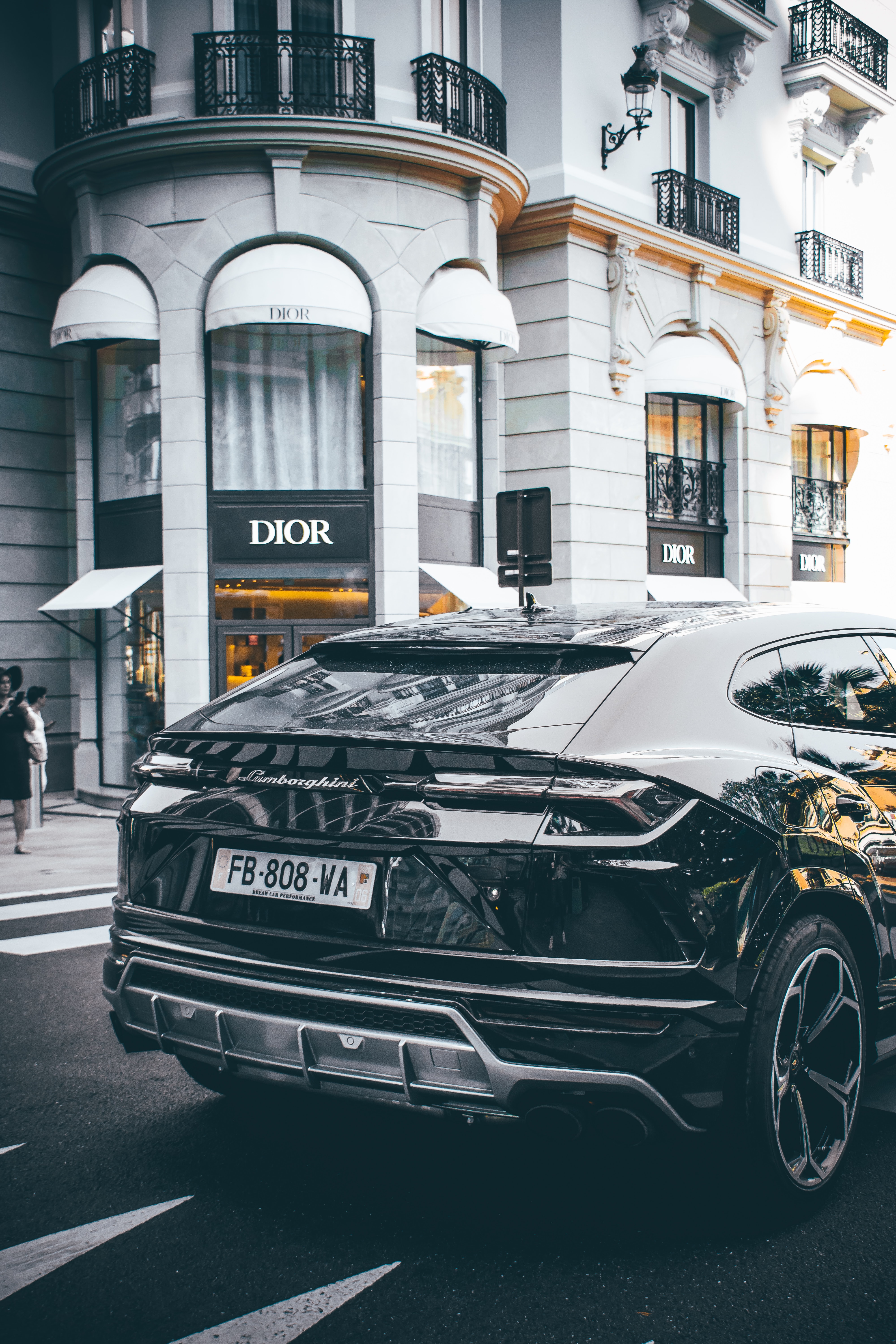
Fashionable luxury items have been perceived as solid investments because they increase in monetary value, but also have the value that we give them as the customers — value that is communicated via the brand’s marketing.
Every brand has a different mastermind that is at the head of the planning and strategy during a crisis, but some patterns do emerge — they remain focused on quality, spread their marketing message where they can, reduce their budgets, and rely on diversified income.
On top of that, we have just come out of a pandemic, where many stayed at home for extended periods of time. The fascinating thing is that as soon as these high street brands opened their doors to the public, there were queues around building of people just desperate to get in.
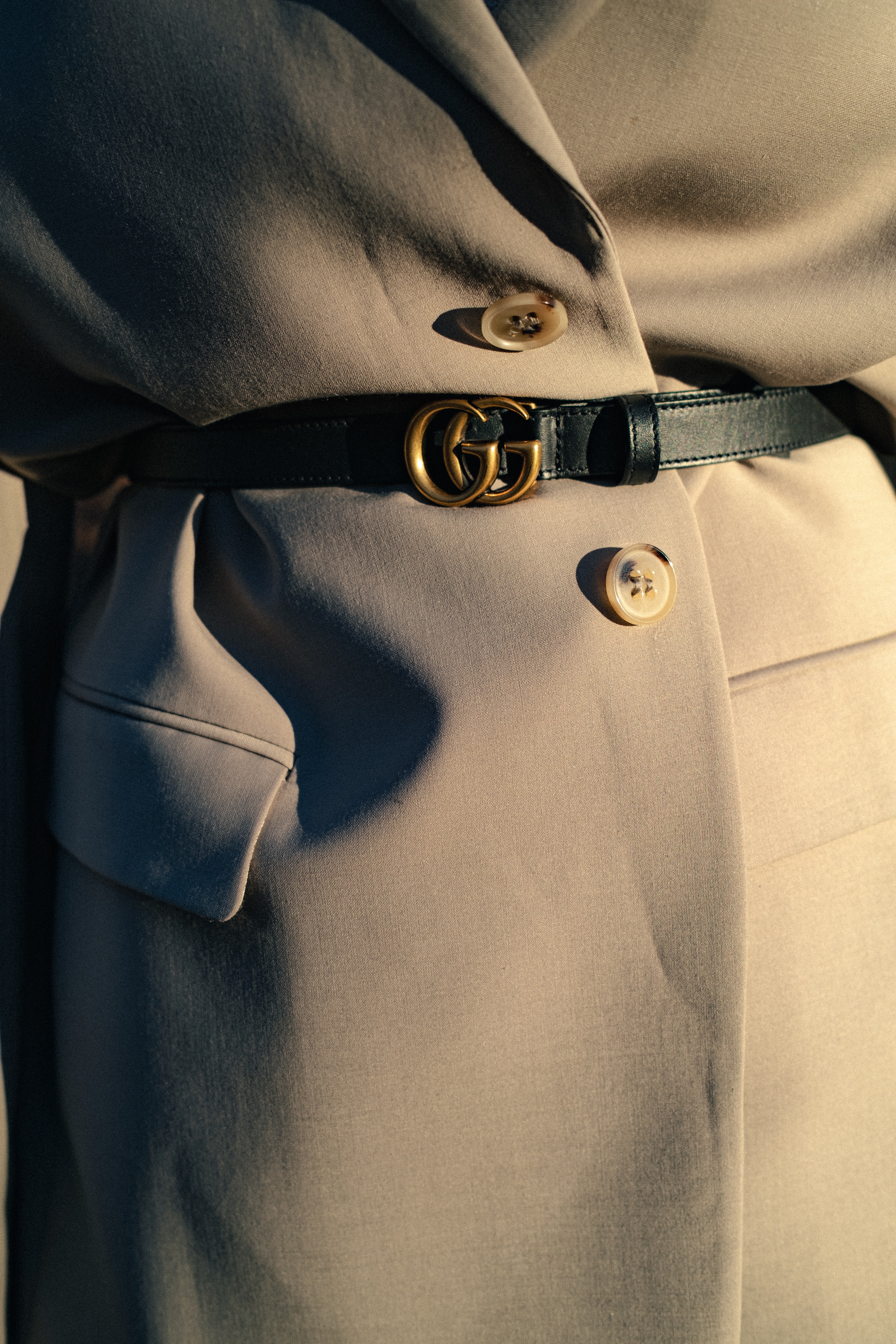
The way luxury companies have resisted previous crises and considering the long tradition of the fashion brands that sell crème de la crème products for fashionistas all over the world indicate that they will weather the next global crisis as well.
